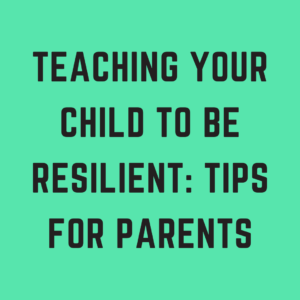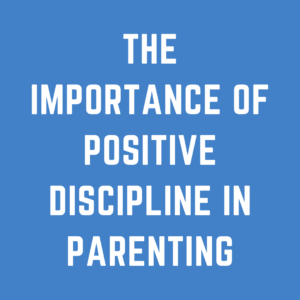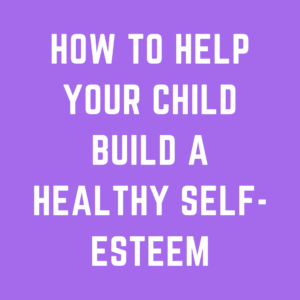In education, having a growth mindset is crucial to success. Students who believe that their abilities can be developed and improved are more likely to persevere through challenges and setbacks, leading to greater academic achievement.
In this blog post, we will explore the concept of a growth mindset in education and provide tips on how to encourage students to develop a growth mindset.
What is Growth Mindset?
A growth mindset is a belief that one’s abilities and intelligence can be developed through effort, hard work, and dedication. It is the opposite of a fixed mindset, which is the belief that one’s abilities and intelligence are predetermined and cannot be changed.
People with a growth mindset are open to challenges and view failure as an opportunity for growth and learning.
Why is Growth Mindset Important in Education?
Having a growth mindset is important in education for several reasons. Firstly, students with a growth mindset are more likely to take on challenges and persevere through setbacks.
They view failure as an opportunity to learn and grow, rather than a sign of inadequacy or incompetence. This leads to greater academic achievement and success in the long run.
Secondly, having a growth mindset promotes a love of learning. Students who believe that their abilities can be developed are more likely to seek out new knowledge and skills, rather than simply relying on their existing knowledge.
This leads to a deeper understanding of the subject matter and a more fulfilling educational experience.
Finally, having a growth mindset prepares students for success in the real world. In today’s rapidly changing world, adaptability and a willingness to learn are essential to success.
Students with a growth mindset are better equipped to handle the challenges and opportunities that come their way, leading to greater success in their personal and professional lives.
Tips for Encouraging a Growth Mindset in Students
Encourage Effort and Hard Work
One of the most effective ways to encourage a growth mindset in students is to praise their effort and hard work, rather than their innate abilities.
This helps students understand that their success is the result of their own hard work and dedication, rather than simply their natural abilities.
Embrace Challenges and Failure
Encourage students to embrace challenges and view failure as an opportunity for growth and learning.
This can be done by providing opportunities for students to take on challenging tasks and projects, and by reframing failure as a natural and necessary part of the learning process.
Teach Students about the Brain
Teach students about the brain and how it can be developed and improved through effort and hard work. This can help students understand that their abilities and intelligence are not fixed, but can be developed and improved with dedication and perseverance.
Provide Opportunities for Growth and Learning
Provide opportunities for students to learn and grow in a variety of ways. This can include offering extracurricular activities, providing access to technology and resources, and encouraging students to pursue their interests and passions.
Model a Growth Mindset
Finally, model a growth mindset yourself. As an educator, you have a powerful influence on your students. By demonstrating a growth mindset in your own life and work, you can inspire your students to do the same.
Conclusion
Encouraging a growth mindset in students is essential to their academic and personal success.
By praising effort and hard work, embracing challenges and failure, teaching students about the brain, providing opportunities for growth and learning, and modeling a growth mindset yourself, you can help your students develop the skills and attitudes they need to thrive in the classroom and beyond.






